DIMTEC 3D's TOP 20
NEW VIRTUAL REALITY TECHNOLOGIES IN THE
ARCHITECTURE AND DESIGN FIELD
Recently Viatechnik had released an amazing article called "50 VIRTUAL REALITY TECHNOLOGIES IN ARCHITECTURE AND ENGINEERING". The article explained the rate of advancement in Virtual Reality technology is both rapid and amazing over the past few years, with much impact in the Architecture, Engineering and Construction (AEC) Industry. Many of the tech giants such as Microsoft, Google (Article), and even Facebook (Facebook acquiring Oculus VR) are investing a fortune in bringing out the reality of VR technology with many breakthroughs that has left pessimists dumbfounded. Architects, engineers, and other construction professionals see this as a blessing to AEC industry and are poised to utilize the potential of this emerging technology. With many VR devices currently in the market, we present our TOP 20 (out of Viatechnik's top 50) new virtual reality devices which have more potential in changing the world of AEC than many people could imagine.
Released to the market towards the end of the first quarter in 2016, Oculus Rift is a virtual reality headset with much potential than just a gaming device. Oculus Rift is a very useful tool in the AEC world, making work in virtual environments easier and with its motion tracking features, navigating in 3D work space becomes easier than the usual mouse and keyboard combination.
Suit up with PrioVR and you will be amazed with the experience; PrioVR gives an opportunity for real time experience in a VR environment using actual body movements. AEC professionals find this tool especially appealing for interactive environments where actual body movements are used in executing tasks such as operating construction equipment or constructing virtually in real time.
With the Unreal engine, you have the freedom to make your own team and organize workflow with your imaginative capability in virtual reality environments. This VR tool is available for use in the architectural industry to visualize work space and model in VR environments.
Magic leap is another VR tool which is truly magical based on the idea that this VR tool allows 3D virtual elements to appear in real life. Yet to be released into the market, this tool promises to take VR to another height; bridging the wide gap between virtual environment and the real life. This is good news to AEC industry.
Edgewise makes the transformation of 3D point clouds into 3D models much easier than using non-VR tools capable of same task. Edgewise is very efficient in making 3D objects in virtual reality environments, without having to go through the traditional way of measuring and modeling of piping and structures.
Hololens VR coming from Microsoft is another wonder in the world of virtual reality with the ability to fit into many industries. Hololens uses augmented reality to create 3D objects in real space via holographic technology. The Hololens is a wireless holographic device using Windows 10 operating system to blend the digital and real world in an amazing way. This is definitely going to be a great tool for AEC professionals when finally released.
This VR tool is a household name to gamers, particularly users of Xbox One, yet its capability is not limited to gaming. The Kinect utilizes a combination of built-in devices and sensors to capture motion and sound and can detect multiple objects and movements within its depth of view.
The Leap Motion Controller is yet another name in the VR world; it allows the use of one’s arms in the VR environment. Built with a technology that convert the physical hand and finger movements into 3D signals with an excellent level of accuracy, the Leap Motion Controller is surely another useful tool for AEC industry.
Imagine a wearable armband device that responds to your action almost intuitively. When you this device, it automatically tracked your orientation and movement, detect your gestures and respond accordingly. Myo is a useful device for AEC professionals whether on construction sites or at the office.
Mostly used in cinemas to watch 3D movies, Real3D glasses use digital projection technology. It gives its users the freedom to tilt their heads and still get the true picture of what is been display on the screen. The AEC industry can as well use this device for projecting technical presentations and other related needs.
With the Building Information Modeling (BIM) platform from Autodesk Revit, you could create building models in 3D environments and look at your model to see exactly how it will appear in a real environment. It can also be used to convert 2D drawings into 3D models. However to fully explore the renderings, the new beta plug-in V-Ray for Revit is a necessity. Using V-Ray for Revit allow users to immerse themselves in a model before its construction.

“Imagine a world without limitations” –that’s a quote from Ziess website about VR ONE. With leading-edge design and excellent lenses precision, almost no limits to your VR experience; clear and sharp picture from the edge to the center. This virtual reality device is now available in the market and work excellently with the Android smart phones and iPhone 6. Design engineers and architects have the opportunity to utilize the VR ONE for basic tray CAD design tool through an innovative open source. However the availability of this tray is subject to the agreement of the respective developers involved.
BlenderVR offer its users the possibility to create high quality interactive scenes and porting of scenes between VR platforms configuration without any need for editing. This VR device is gaining popularity daily among architects and design engineers for exploring the VR environment.
When you heard the word “3D”, what comes to mind is visual experience and probably nothing more, but the tech experts at Arup thinks the 3D experience should be taken beyond visual and extend to audio as well. They built a 3D sound lab which simulates real life sounds from built environment.
With this master piece, the world of virtual reality has expanded beyond visual and sound to include ‘touch’. Coming from a research team at Bristol University, touchable holograms is taking VR to a different height of reality as it gives the opportunity to touch and feel the texture of projected holograms.
With getReal3D for Showcase, you get an incredible experience of virtual reality environment through 3D stereo. Tracking with your head and hands to work around (and in) 3D objects gives you more intuitive interaction and makes angular viewing easier.
Google Cardboard is a cheap alternative to many VR devices of similar functionality. The Google Cardboard is a do-it-yourself device that can be paired with many smartphones on Android or iOS to explore the world of virtual reality.
Roto gives the users an opportunity to explore VR environment in multiple directions while seated on the Roto chair which rotates and gives multi-directional view in the VR environment.
A laser scanner, as the name implied is a device that uses laser beams technology to measure and record the distance of almost every point in every possible directions within a given virtual reality environment. This points and distances measured are then used to create 3D models. This VR device has a wide range of industrial applications ranging from architecture, engineering, to construction, and many more.
This technology provides design professionals with an end-to-end solution for making cinematic Virtual Reality. Jaunt VR comes with a camera system capable of making 3D stereoscopic videos in all direction and 3D sound-field microphones to record the sound simultaneously. The Jaunt technology allow the user to reconstruct a complete visual and auditory experience and it is compatible with many industry-standard software, including a cross-platform capable for rendering content for the Oculus Rift and other related VR devices.
Extra Credit These Two we had to add
The Open Source Virtual Reality, also known as OSVR, is an ecosystem made to set a new standard in Virtual Reality and provide the best possible gaming experience in the VR space. The OSVR Hacker Developer Kit and software gives you a possibility to build your own VR-Glass designs. AEC professionals could make the best out of this device as they explore its potential in the VR space.
Shapespark gives architects and design engineers the possibility to create real time web-based visualizations of high accuracy, thereby making it suitable for meetings or professional presentations.
Which was your favorite? Do you have experience with any of these 22, tell us about in in the comment section below. Make sure to follow & subscribe to receive more information like this.
Scan On,
DimTec 3D






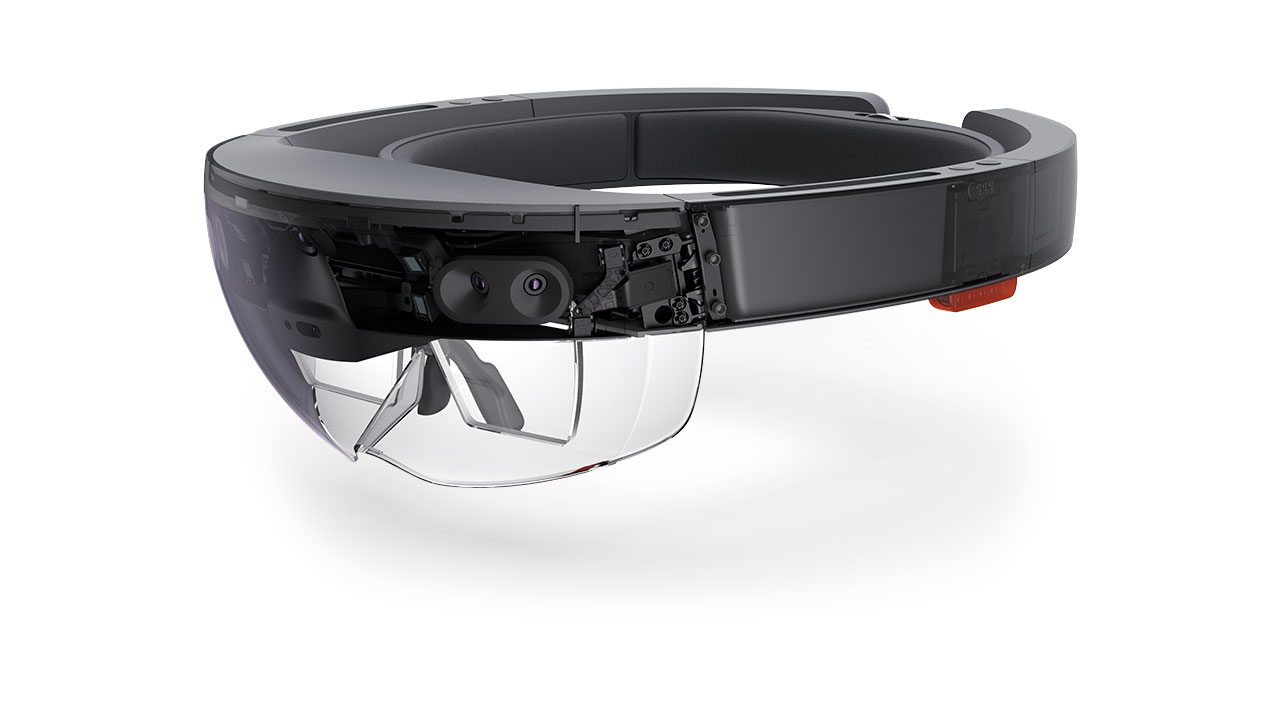





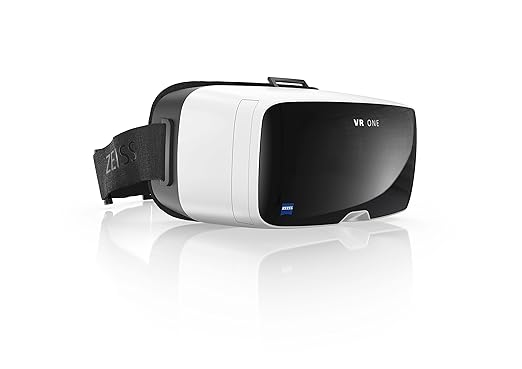
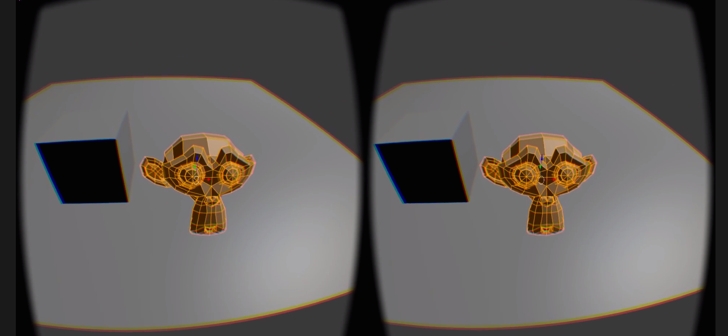







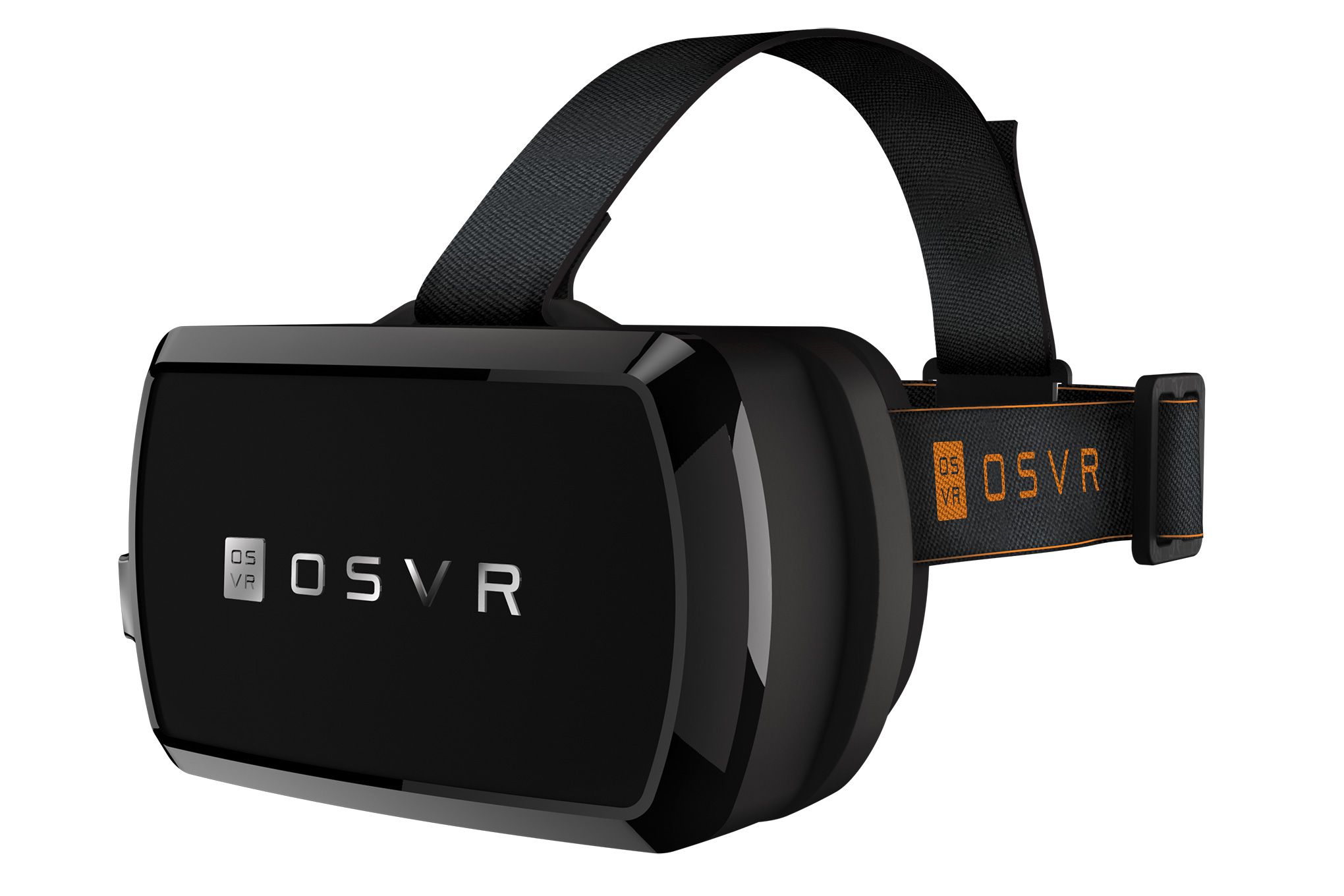
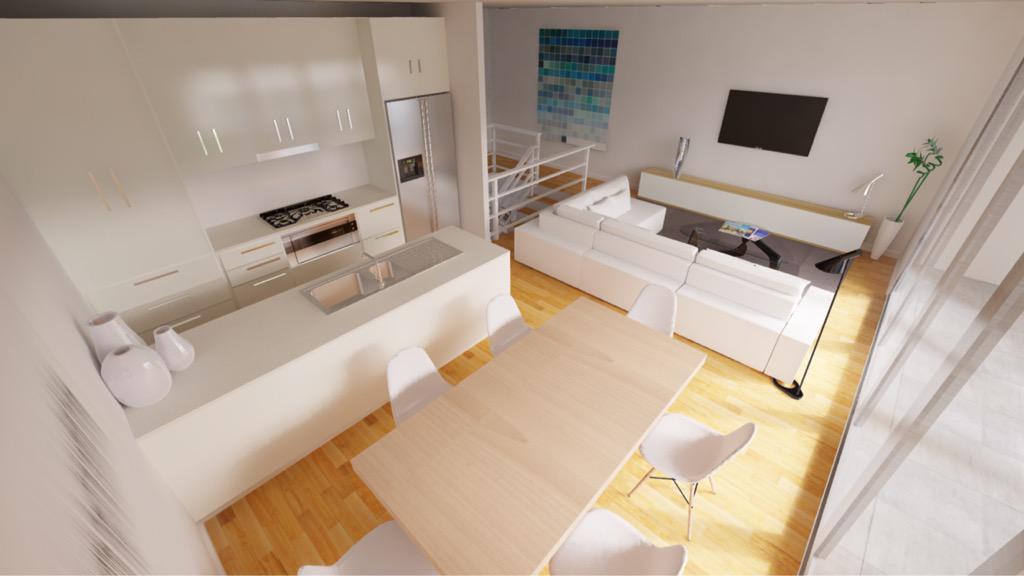
Reverse engineering is the process of re-manufacturing a product in the absence of its original owner. 3D laser scanning is widely used in reverse engineering. It helps to reduce manual innervation, easy re-designing, and also reduces the cost. Reverse engineering Calgary, Alberta
ReplyDelete